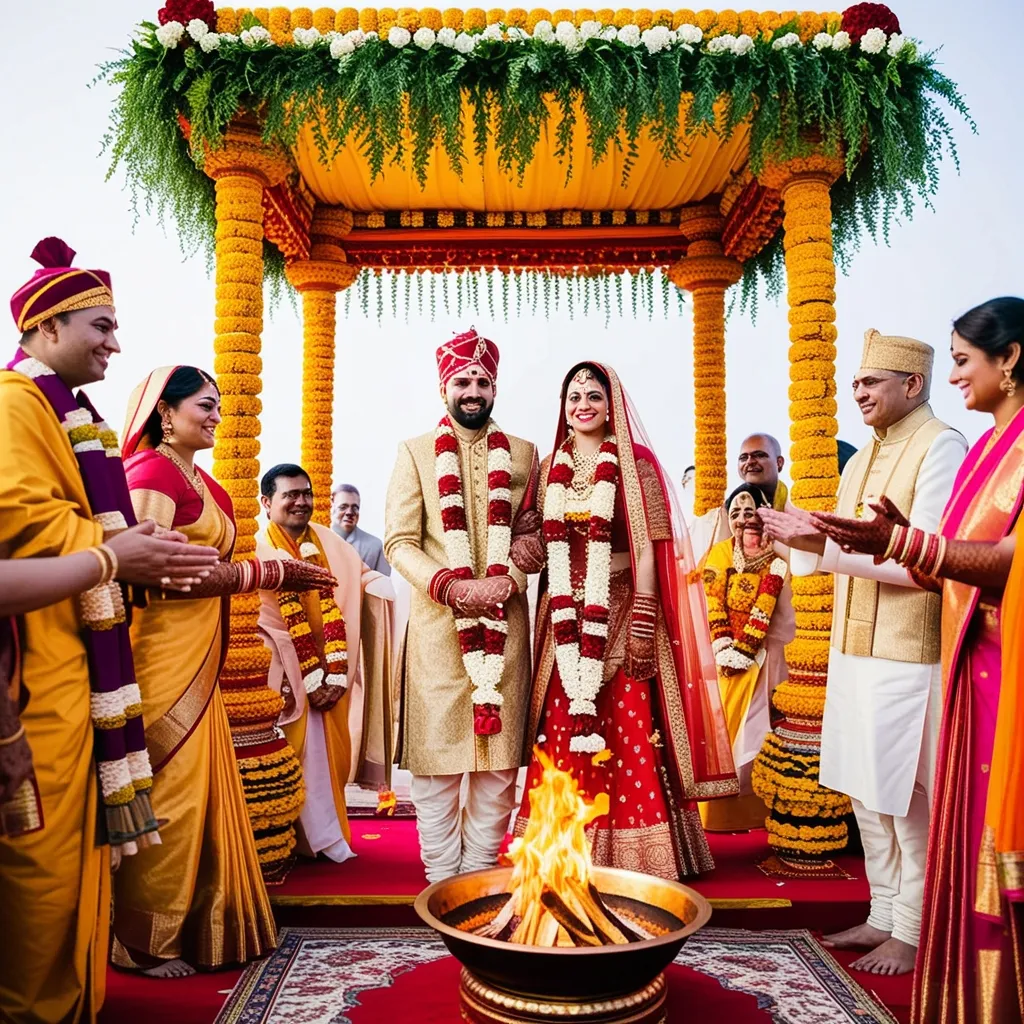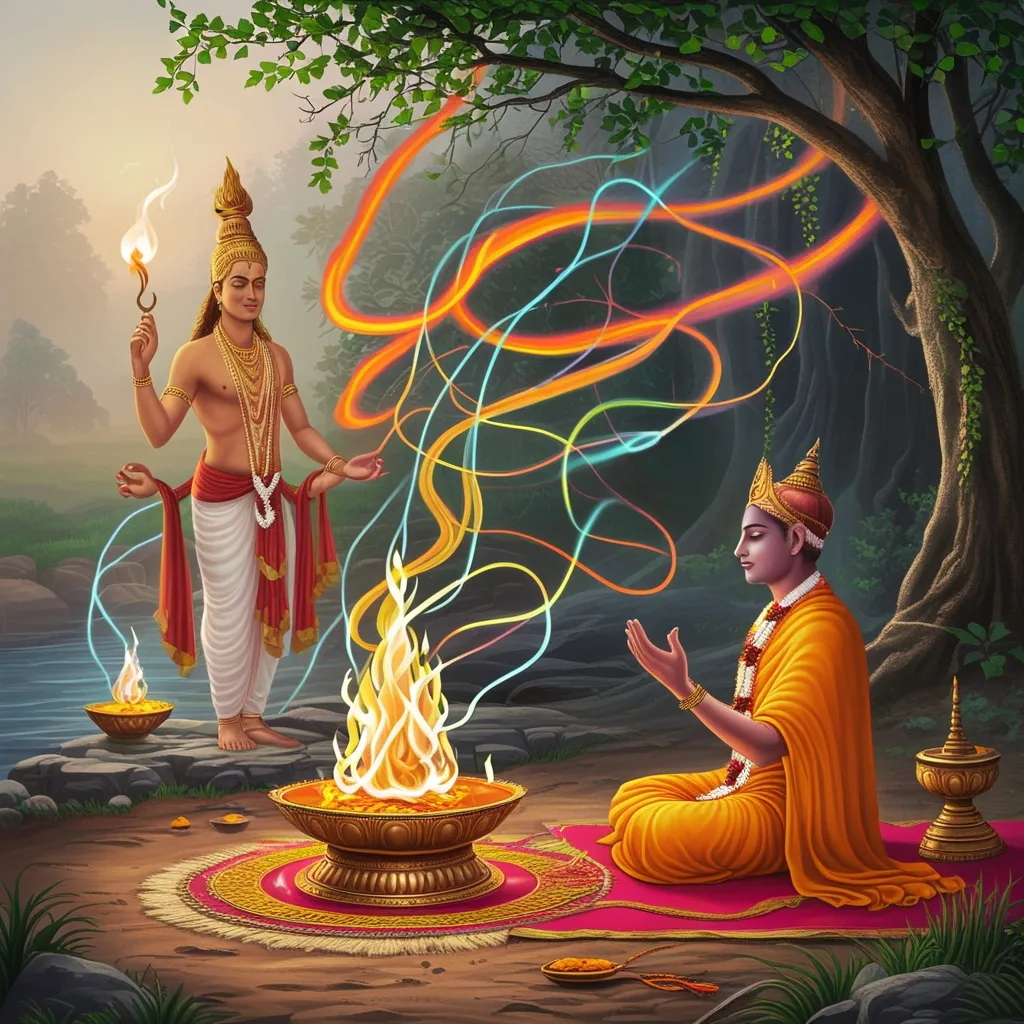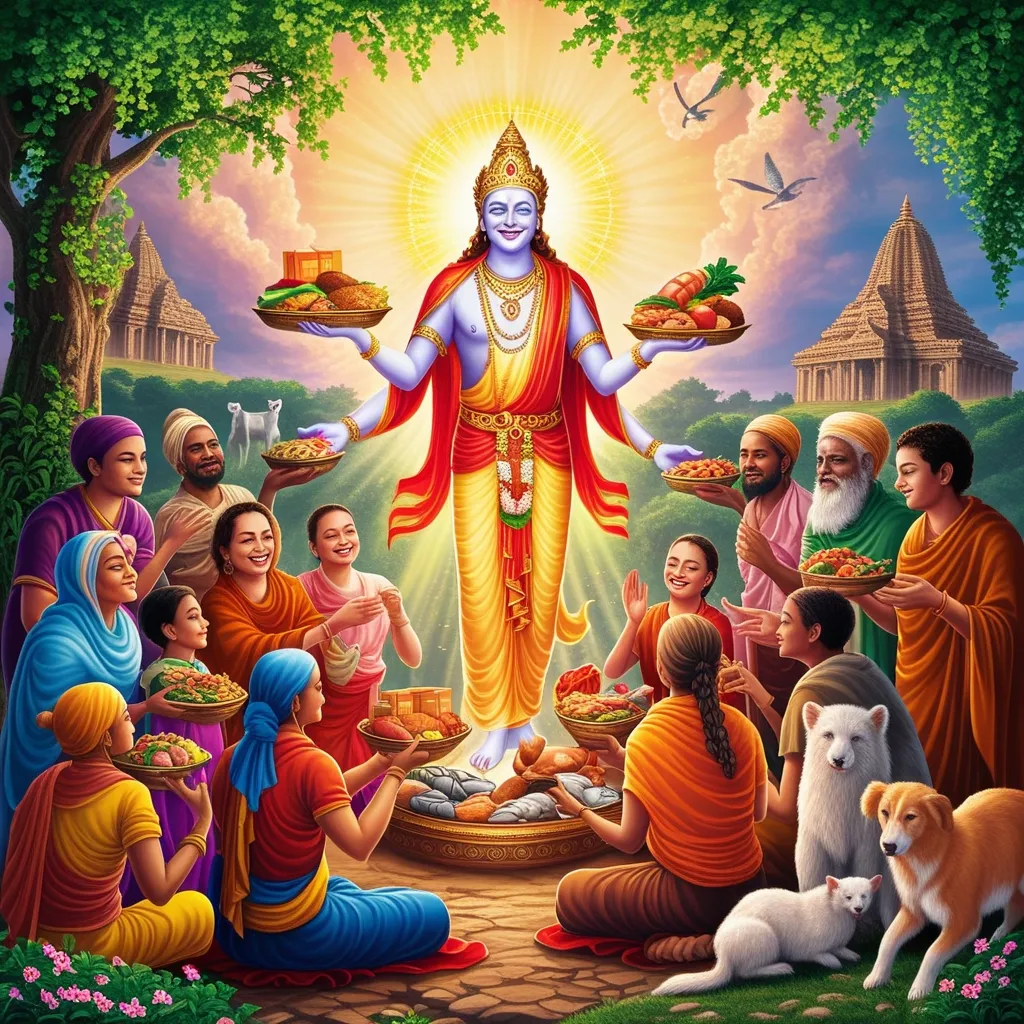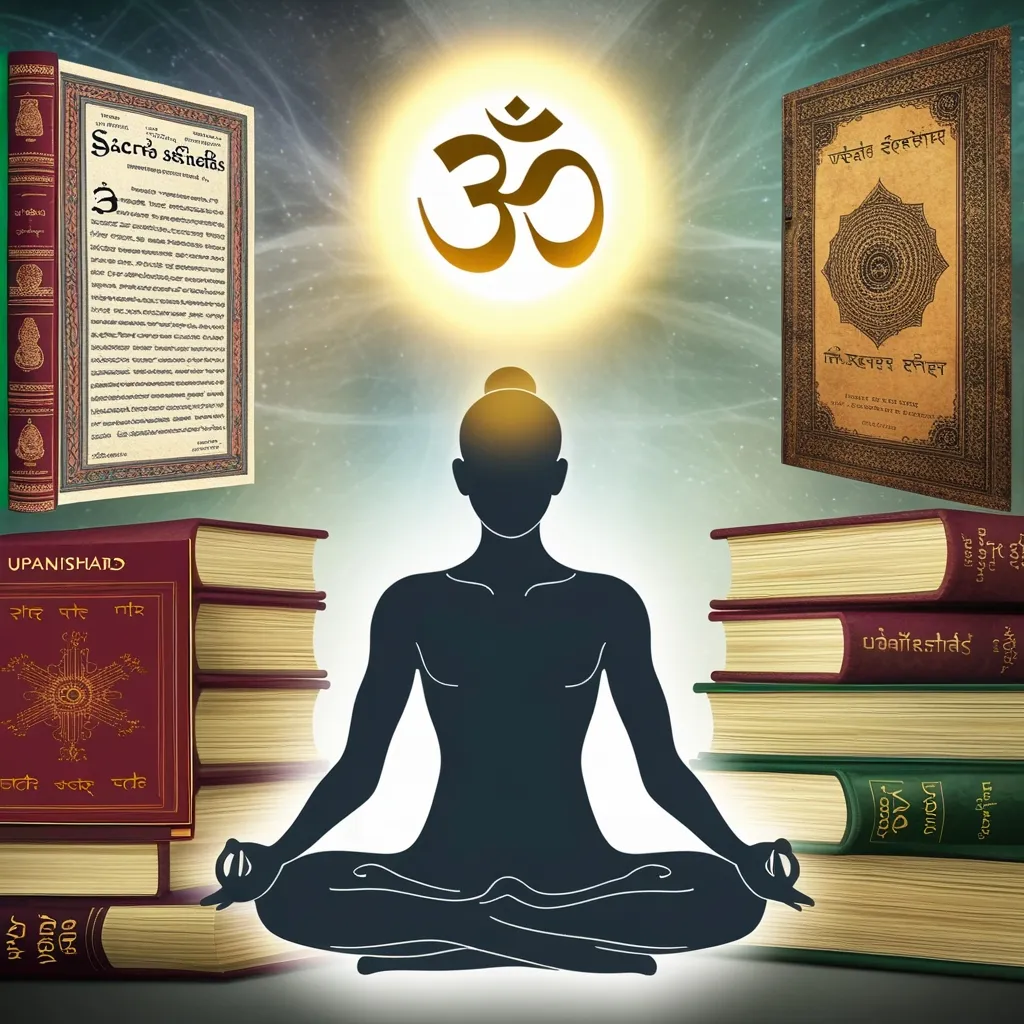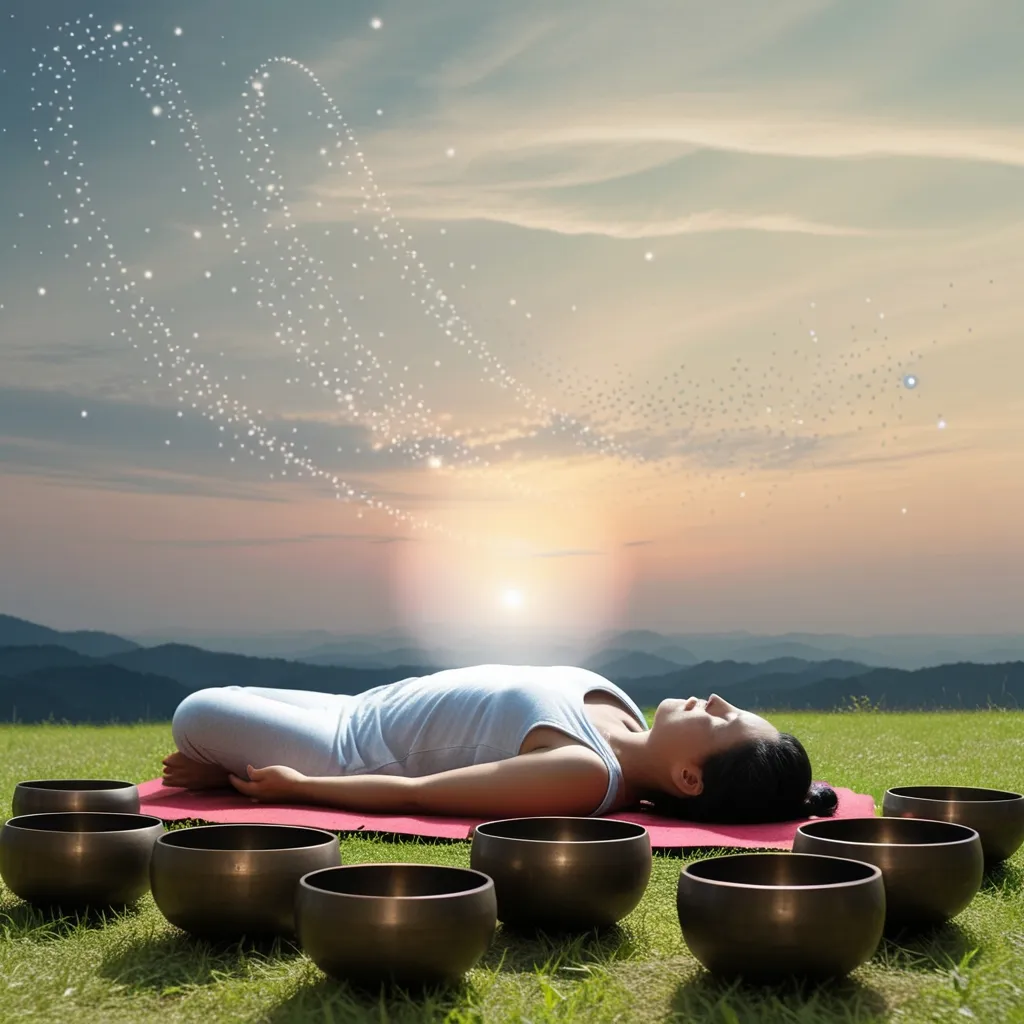In Hindu tradition, marriage is more than just a social contract; it’s a sacred bond that unites two souls for life. Rooted in the Vedic texts, particularly the Yajur Veda, the Hindu marriage ceremony is a blend of rituals and ceremonies that invite divine blessings. Let’s paint a picture of this rich tradition in a way that’s easy to understand and appreciate.
Before the big day, several rituals set the stage. One of the first steps is checking the horoscopes of the bride and groom through Nakshatra Porutham to ensure they are compatible. This ancient practice is followed by Panthakkaal Muhurtham, where a decorated banana tree and a tall wooden stick are placed outside the house to announce the wedding. This comes with prayers for a smooth and successful ceremony.
The day of the wedding is filled with excitement and drama, starting with the groom’s symbolic journey. In the Kashi Yatre ritual, the groom pretends he’s off to become a sanyasi in Kashi, only to be convinced by the bride’s family to marry their daughter instead. This light-hearted ritual signifies the groom’s commitment to a married life, leaving his bachelorhood behind.
When the groom arrives at the wedding venue, he’s greeted with much fanfare. In Vara Pooja, the bride’s family showers him with offerings like fruits, nuts, and clothes. The bride’s father even washes the groom’s feet with a mix of holy water, vermillion, milk, and sandalwood during Pada Pooja, before drying them with flower petals.
The actual ceremony begins with Kanyadana, where the bride’s father gives his daughter away to the groom. This act is considered highly virtuous, and the father prays for blessings from Lord Mahavishnu to ensure his family’s prosperity through generations.
Central to the ceremony is the Vivaha Homa or the sacred fire ritual. The bride and groom sit before the fire, which is considered a divine witness to their union. They perform various rituals here, including Pani Grahanam, where the groom takes the bride’s hand, signifying their union. The groom recites mantras invoking various deities, praying for long life, progeny, and harmony.
One of the most crucial and symbolic rituals is Saptapadi or the seven steps. The groom holds the bride’s hand and leads her through seven steps, each accompanied by a mantra seeking blessings for their future together—everything from food and strength to happiness and prosperity. This signifies their joint commitment to journey through life together.
The moment of Mangalya Dharanam is poignant, where the groom ties the mangala sutram (auspicious thread) around the bride’s neck. There’s no specific Vedic mantra for this act, but the groom recites a verse invoking divine blessings for their union and the bride’s well-being.
Post the main ceremony; several smaller rituals take place, adding layers of meaning to the celebration. During Laja Homam, the bride’s brothers fill her cupped hands with puffed rice, which the groom then offers to the fire along with ghee while chanting Vedic mantras. This seeks blessings for the couple’s future well-being.
After these rituals, it’s time for the couple to step into their new life together. In the ritual of Griha Pravesam, they enter their new home, performing a fire ritual known as Praavisya Homam. This includes thirteen Vedic mantras from the Rg Veda, saluting Agni Deva and seeking strength and nourishment for the couple as they start their journey as householders.
On their first evening in their new home, the couple sees the stars Dhruva (the pole star) and Arundhati. The husband shows these stars to his wife and prays for their household’s strength and stability using Vedic mantras. This tender moment brings a touch of celestial blessing to their new beginning.
In Hindu tradition, marriage is not just the union of two souls but also the coming together of two families. The series of rituals and ceremonies are crafted to ensure that this union is blessed by the gods. Each step, from the matching of horoscopes in Nakshatra Porutham to the significant Saptapadi, is a testament to the deep spiritual and cultural importance of marriage in Hindu society.
Celebrating a Vedic marriage ceremony in the Yajur Vedic tradition is like weaving a rich tapestry—each ritual and blessing adds to the beauty and strength of the fabric. The ceremony is a celebration, not just of the bride and groom but also of their families and the wider community, all coming together to support and bless the new couple as they embark on their journey through life.
